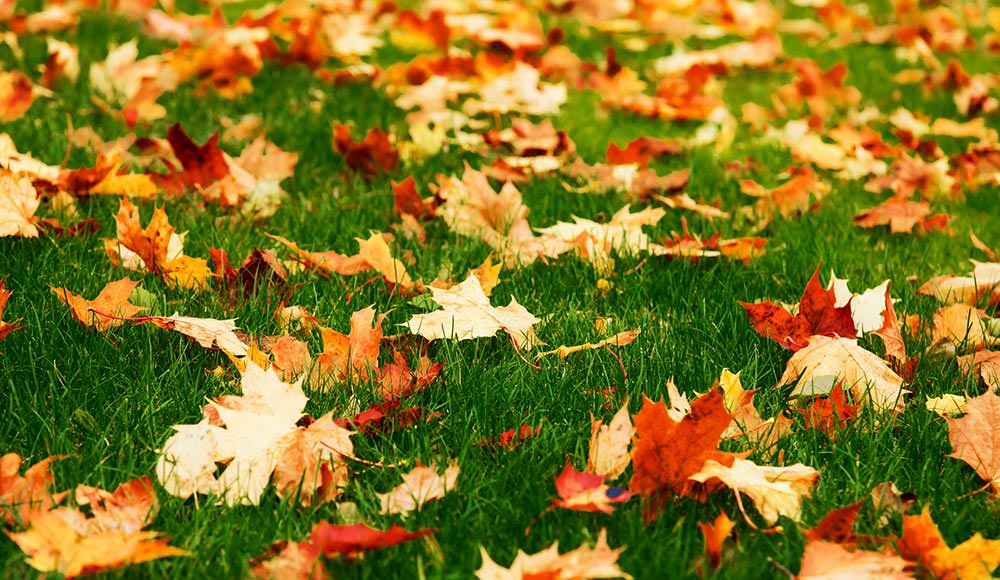For warm season grasses of the south like St Augustine, Bermuda, Zoysia, etc. keep growing strong. The growing season is just longer in the south and building up a healthy plant before the grass goes dormant for the winter is really beneficial. We recommend feeding your lawn until soil temperatures fall to 70 degrees.
Customer Question: Why Do Saint Augustine Lawns Go Brown In Winter?
Not all lawns will go brown in winter, and there can be many factors which can attribute to a lawn either going brown or staying green over the winter time. But the main reason is that lawns naturally become dormant or semi dormant over winter, and in doing so – some will naturally lose their green color and brown off. Warm season grasses thrive in the hot weather and therefor suffer in the cool weather. Luckily they come right back in the spring!

Fall Weed Control: Typically many winter annual weeds are really cool season weed types and can be managed by applying a pre-emergent herbicide around September/October. Selective, post-emergent herbicides can be applied as necessary —- use sparingly as the warm season grass does not have the ability to grow or fight off the weed control itself and can be effected more dramatically than the spring time before the growing season.
Fall Irrigation: Without regular rainfall you should continue to water to prevent drought stress. After the lawn has become dormant, water as needed to prevent excessive dehydration. No more than 1 inch needed a week including natural rain.
Fall Mowing: Continue to mow at the normal mowing height until the weather starts to cool in the fall. Once nighttime temperatures fall below 70 degrees regularly, raise the mower cutting height ½ to 1 inch to allow more leaf surface. This will allow the turf to become acclimated and insulate the roots longer. Once fully dormant, cut slightly lower than normal to allow airflow and reduce disease.


